
Wednesday was the last day when the shares of Mahindra Satyam, the erstwhile Satyam Computer Services Ltd, were traded on the stock market. The company will now be merged into Tech Mahindra.
This marks the end of a brand that saw both glory and disgrace in equal measure. Before the infamous Satyam scandal broke out in January 2009, when Byrraju Ramalinga Raju confessed that he had been quietly inflating the company’s order book for seven long years and therefore the company’s finances were not as robust as they looked on paper, the firm was a part of the golden quartet of India’s information technology (IT) sector along with Infosys, Wipro and Tata Consultancy Services.
Satyam, ironically, means truth in Sanskrit.
In its glory days, Satyam was the lifeline of Hyderabad. People were let off by traffic cops, without even a rap on the knuckles, the moment they disclosed they worked for Satyam.
…
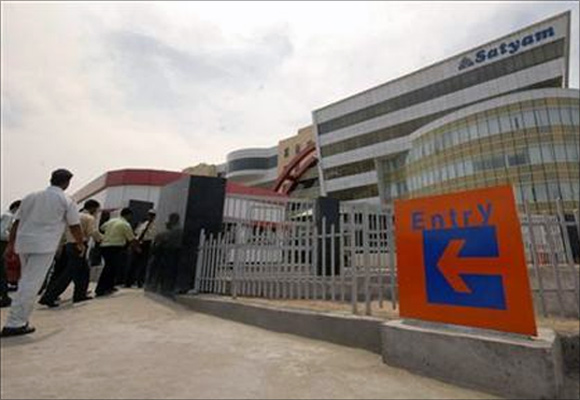
It had spawned a new community of rich young people. The traditional elite no longer were the toast of the society - that slot was taken over by the new-economy brigade.
Over 10 per cent of all the IT professionals in the city worked for Satyam. Almost a third of Satyam employees were women. The pubs, shops and real estate developers in the city depended on them for business.
Then there was the philanthropic side. Satyam was associated with the Emergency Management and Research Institute, which provided free medical emergency service to people.
All they had to do was ask for it by dialling 108. Its ambulances reached any emergency in less than half an hour anywhere in the state.
In congested lanes, its paramedics on two-wheelers would reach before the ambulance. No ambulance driver would accept even a Rs 10 tip.
…
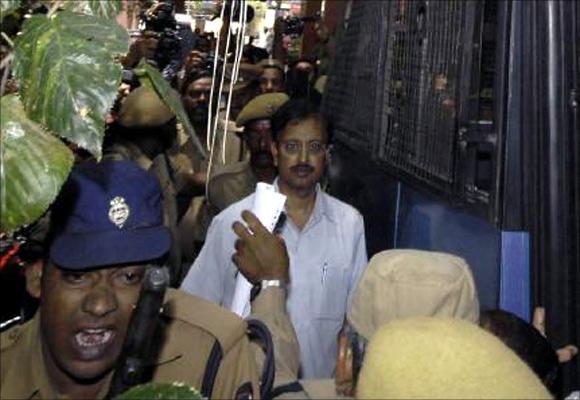
The Andhra Pradesh government, whichever party was in power, would never miss the opportunity to parade Satyam and Mr Raju in front of visiting dignitaries.
It was IT that had put Andhra Pradesh on the world map and transformed traditional Hyderabad into Cyberabad. And Satyam was the torchbearer of this change.
No less feted was Mr Raju. He became the 2007 Ernst & Young Entrepreneur of the Year.
Earlier recipients of the award had included heavyweights such as Mukesh Ambani, Kumar Mangalam Birla, Sunil Mittal and N R Narayana Murthy. In fact, Mr Raju went on to represent India at the global edition of the award at Monte Carlo.
For three days, he rubbed shoulders with the best from the world of business, though he failed to bag the final honour. (The only Indian to have won at Monte Carlo is Mr Narayana Murthy.)
…
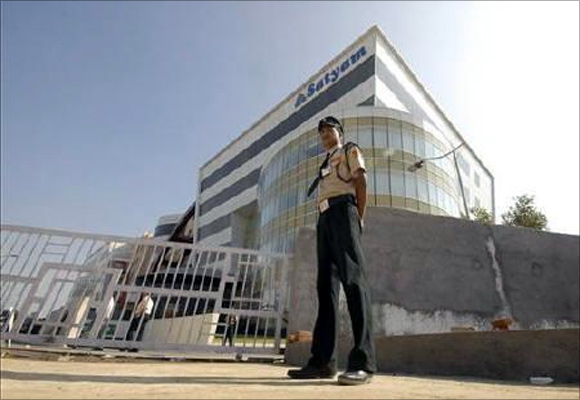
Mr Raju, as well as the company, left no stone unturned to build the Satyam brand. One may ask, why is the brand important in the kind of commoditised business Indian IT companies do?
It makes sense for the likes of Microsoft and Oracle, which have products out in the market, to invest in their brand - surely not Indian companies. A strong brand comes handy in three ways.
One, it shortens the journey to the bidding table. Companies that have a strong brand are more likely to be called by prospective customers than those with lesser brands. It’s quite a struggle for lesser-known companies. Two, a strong brand helps get repeat business from the same customer.
The business logic here is that getting a new customer on board is up to six times more expensive than getting an order from an existing customer. So this helps save market development costs.
…
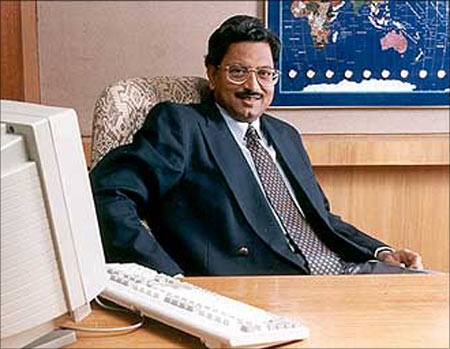
It is important for IT companies to leverage its customers for another reason: most customers start by outsourcing peripheral work. Those who stay with a customer one day graduate from low-value peripheral jobs to value-added core work.
Three, a strong brand often fetches a premium over rivals. So investing in a brand is never a wasteful exercise in the IT sector. Seen from this perspective, Satyam’s brand building of those days makes sense. It wasn’t just Mr Raju on his ego trip.
A scam of Satyam’s scale would have killed any brand. Actually, the brand died the day Mr Raju confessed his monumental fraud.
It’s not that other companies haven’t faced crises that threaten to sully their image. Cadbury, for instance, was struck by the worm “controversy”, and Coca-Cola and Pepsi had to face charges of pesticides in their beverages.
…
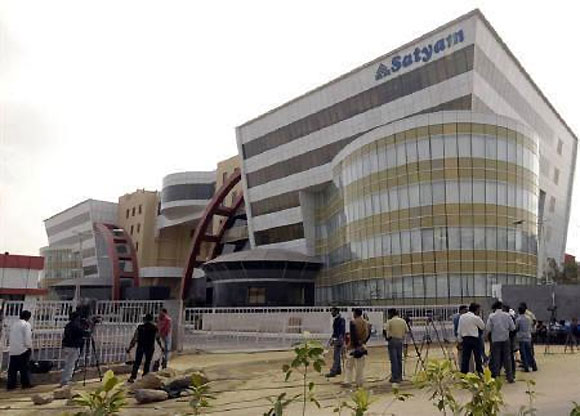
But these were lesser attacks and the companies came out of the crises by and large unscathed.
The Satyam scandal, for its sheer size, can only be compared with the case of Arthur Andersen. After the accounting firm’s name came up in the Enron scandal, it had to take on a new identity: Accenture.
Could there be another name change in the offing? Speculation in business circles is now rife that Daiichi Sankyo will change Ranbaxy’s name after the company accepted that it had misrepresented information to the United States Food and Drug Administration and paid a fine of $500 million.
…
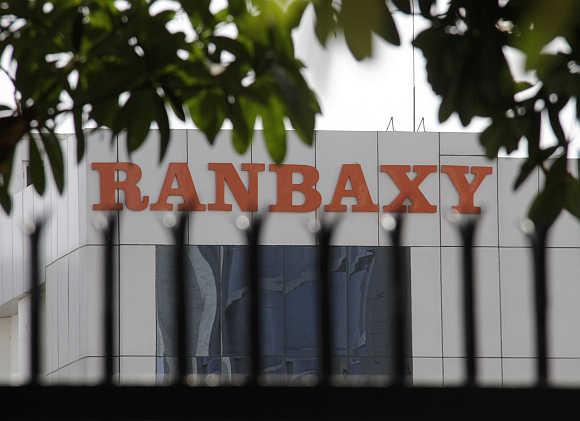
Aspersions were also cast on the quality of its medicine. After that, one pharmacy chain stopped procuring Ranbaxy products, though it subsequently revoked that decision. The company has denied any move to rename Ranbaxy.
But it is certain that repairing the company’s image will be a long and arduous journey. Perhaps Daiichi Sankyo feels that a name change at this juncture will send out the wrong signal - people might feel that the company is making cosmetic changes instead of addressing the core issues.
So, maybe it’ll give the matter a serious thought once the dust has settled over the current controversy. Who knows?